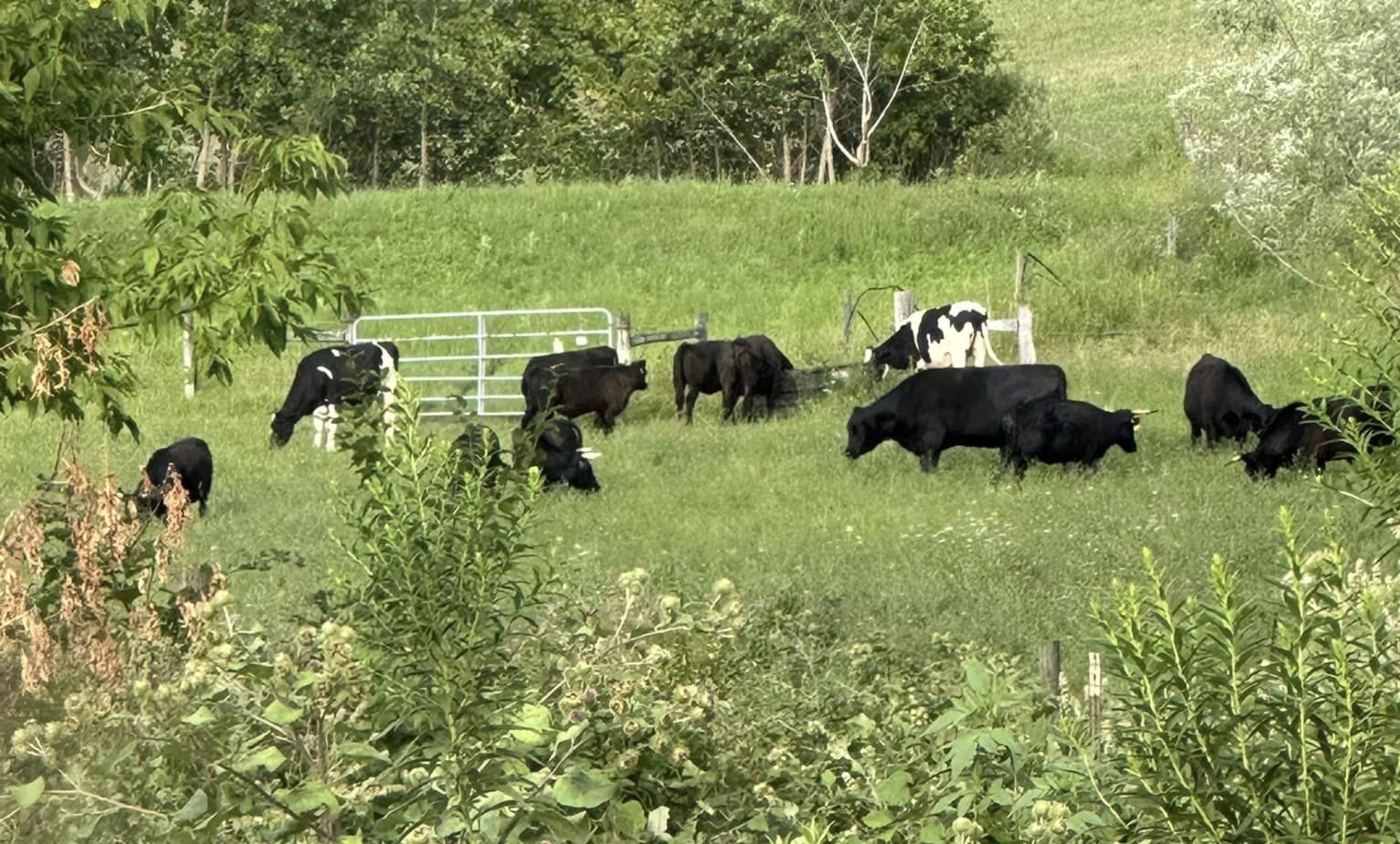Recently I designed a recipe using winter squash. I like it with ingredients we have saved from the garden. But it can be made with any 6 cups of veggies + the winter squash. Enjoy!
Ingredients
Method
- Prep veggies.
- Put oil in Dutch oven, covering the bottom well. Heat over medium to high heat. Saute squash in 1 layer for 2-3 minutes one side and about 2 min on other side. Move squash to another dish or plate, do more squash, repeat until all squash is sauteed. If other veggies are not cooked, lightly saute them in batches, adding oil as needed.
- Mix all veggies together, adding oil. Stir or toss as best you can.
- Cover and cook over low heat. Check and stir every 5-10 minutes, until all are cooked and soft, probably around 30 minutes.
- OR Put in a crockpot and cook on high for 1 hour, then turn to low until ready to serve.
- This can be made with any 6 cups of veggies – frozen veggies, sauteed veggies, canned veggies, fresh veggies – whatever you have available.
- This can also be doubled or halved and still taste good.












 Back a while ago, The Farmer found this book by Peter Burke in his local library and took a long gander. (
Back a while ago, The Farmer found this book by Peter Burke in his local library and took a long gander. (